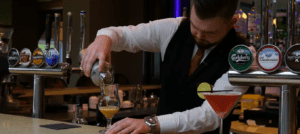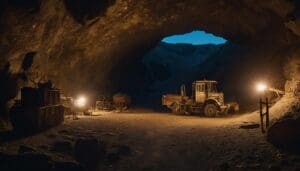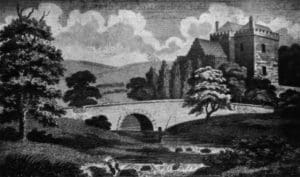Things You Shouldn’t Miss in County Fermanagh
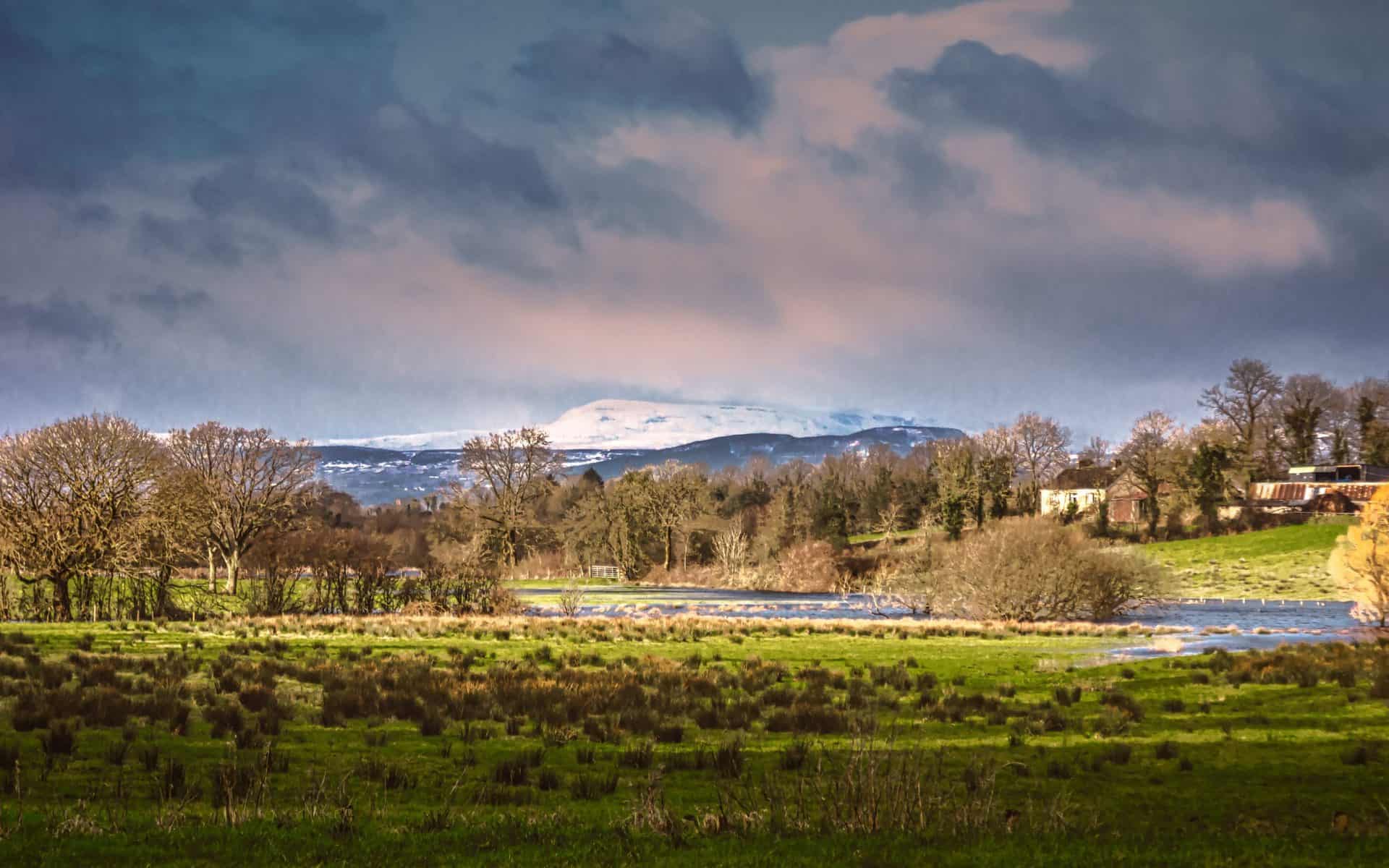
Updated On: April 07, 2024 by Asmaa Alhashimy
Fermanagh is one of the most renowned counties in Ireland. The county’s name ‘Fermanagh’ comes from the old Irish language as ‘Fir Manach or Fear Manach”. Which means “Men of Manach” in English. Fermanagh is one of thirty-two counties of Ireland and one of six counties in Northern Ireland. The county is famous for its breathtaking attractions and historical spots that will definitely surprise whoever visits it. Here, we list a brief history of the county and some things you shouldn’t miss when visiting County Fermanagh.
Table of Contents
Provenance and History
The abundance of water in Fermanagh generally facilitated early settlement, and late stone-age hunter-gatherers lived on fish, fruits, nuts and small animals. Later settlers, about 6,000 years ago, brought farming skills, clearing forests and rearing animals. They erected stone tombs – passage graves and dolmens – and Fermanagh has many examples of these remains. For the most part, the Maguire clan was the dominant Celtic tribe in Fermanagh. English and Scottish people settled much of the county after the Maguire lands were confiscated in the 1600s.
The Viking raiders, the strongest battle fleet in medieval times, penetrated Lough Erne in the ninth century and are reported to have attacked monasteries on and along the lake, including Devenish, in 837 and returning at times over the next century or so. Eventually, after many decades, Fermanagh was made into a county by an order from Queen Elizabeth I. Still, it was not until the time of the Plantation of Ulster that it was finally brought under civil government.
Land
County Fermanagh is a rural area, so agriculture and tourism are the most critical industries. The agricultural land is mainly used for hay and grazing, not other crops. The two lakes, Upper Lough Erne and Lower Lough Erne are separated by the county’s capital and linked to the River Shannon.
Perfect for boat trips, canoeing and water skiing, Fermanagh’s waterways afford numerous opportunities to venture into any of the hundreds of tiny inland islands that dot the country’s west, most of which are ripe and ready for exploration. Additionally, the rivers and lakes of Fermanagh are heavy with fish, and Lough Erne has claimed many world coarse angling match records. The trout and salmon fishing is so good that the locals tend to ignore the coarser kind, and the whole region is highly developed for fishing.
Enniskillen
Enniskillen is a terrific base for staying in County Fermanagh, the native land of some of the most breathtaking, natural wonders in Ireland. Being the main town in the county, it is home to the Castle Coole Estate and Enniskillen Castle. Enniskillen Castle houses The Inniskillings Museum, which is dedicated to the famous Royal Inniskilling Fusiliers and the 5th Royal Inniskilling Dragoon Guards of the British Army.
The origins of the island town of Enniskillen go back to prehistory when this short nexus was the main highway between Ulster and Connaught. Enniskillen Castle was the medieval seat of the Maguires, chieftains of Fermanagh, who policed the lough with a private navy of 1,500 boats.
Top Attractions in Fermanagh
The Gigantic Marble Arch Caves
Being one of UNESCO’s Global Geoparks, Marble Arch Caves are one of the most breathtaking attractions in the world. It is also the top-ranking destination in North West of Ireland. The caves extending across an international are located between the sloping lands and the high mountains of both County Cavan and County Fermanagh. County Fermanagh’s district council and County Cavan’s district council are in charge of everything related to Marble Arch Caves. The famous Marble Arch Caves usually open in the period between (mid-March – October).
In Fermanagh, three rivers descended over time, creating the fantastic Marble Arch Caves. If you decide to go there, prepare yourself for a one-of-a-kind experience. The tour usually takes around 75 minutes on a bat and feet. You’ll have astonishing natural attractions that go back hundreds of millions of years in the past Down there lies a world of waterfalls, twisted passages, and natural rivers.
The most significant share of the caves is controlled by a series of deltaic and marine sedimentary rocks such as mudstones, limestones, sandstones, and shales that go back to the Carboniferous period, which dates back to 320 and 340 million years in the past. Marble Arch Caves used to be a dwelling for the ‘Giant Irish Deer’, which is now extinct. The caves are also home to some metamorphosed sedimentary rocks that date back to the Precambrian era, around 895 million years ago.
Furthermore, the Marble Arch Caves also have other rocks from different periods: igneous dykes that go back to 65 million years ago. Glacial substances in the shapes of drumlins formed around 1.8 million years ago from Quaternary sediments, and peat swamps created around 15,00 years ago.
Boa Island and Celtic Secrets
Upon planning to visit Fermanagh, Boa Island should be on your list. The Island is located close to the north coast of Lower Lough Erne (Boa Island is known in the Irish language as ‘Badhbha’). The island is named after Badhbh, aka Badb, the goddess of war in Celtic civilization. Badb or Badhbh either took the shape of a wolf or the shape of a carrion crow placed on the shoulder of the famous mythological hero, Cúchulainn. Goddess Badb is known to help the army of the Celts gain victory. That’s why the Celts in Ireland used to call the arena of the war “the land of the Badb.”
The renowned Caldragh cemetery is located around 1.5 km away from the bridge on the western side of Boa Island. At the famous graveyard, two extraordinary stone sculptures are standing. The large sculpture is Janus, aka the Dreenan figure, and the smaller one is known as Lustymore or Lusty Man figure. Both figures return to the Celtic era and are placed next to each other in the famous necropolis. Boa Island provides the ferry that arguably connects Fermanagh’s most renowned spa – Lusty Beg.
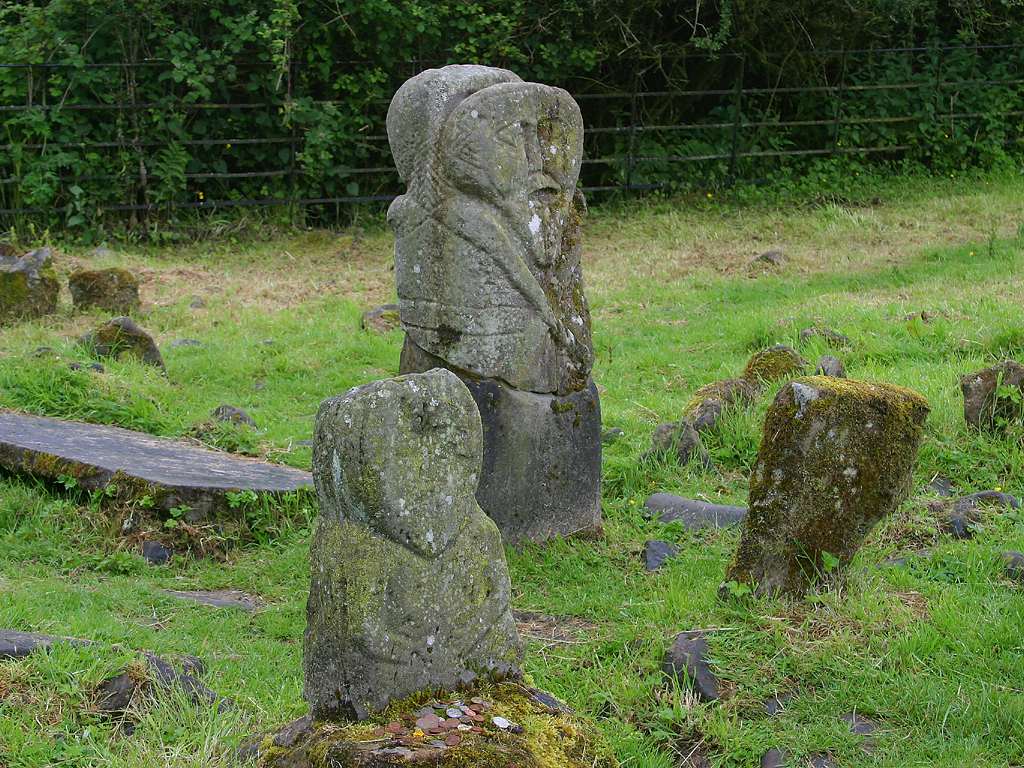
Janus (Dreenan) Figure
Janus or Dreenan figure is the largest of Caldragh graveyard carvings. In Greek Mythology, Janus (January God) is a two-faced Deity. Janus is the God of endings and beginnings, so it’s always portrayed with two faces looking in two opposing directions. The two opposing faces represent the past and the future. Janus, aka the Dreenan statue in County Fermanagh, imitates the Greek God and is probably named after it.
Though the famous Janus or Dreenan figure in Boa Island, County Fermanagh, experts believe the figure represents Badhbh, the Celtic goddess of war. The statue has two opposing faces carved back to back. On one side is a male figure with a penis pointed upwards. The statue’s penis is placed under his crossed hands. The other side is a female figure with a prominent tongue.
Both figures are carved together in the same base below the waist. Lately, the bottom was found half-buried near the figure. On the head of the figure, there is a noticeable hollow. No one has discovered its purpose, but visitors usually leave small souvenirs or mementoes there wishing for good luck.
Lustymore (Lustyman) Island Figure
Close to Janus figure located Lusty Man, aka Lusty More statue. The figure is named after Lusty More Island, where the statue is originally located. People initially knew the figure as “The Lusty Man” even though the gender of the carving was unknown. The Lusty Man statue was found in a Christian cemetery and was moved to Boa Island in 1939. Unlike Janus’s figure, Lustymore’s figure doesn’t have many details and isn’t as imposing. Some Irish archaeologists believe the Lusty Man Figure is older than the Dreenan Figure.
Go Castle-Hunting
If you’re a big fan of treasure hunting, this is the perfect place for you. County Fermanagh is home to so many castles, forests, and gardens. Get ready for a one-of-a-kind adventure discovering the different castles around Fermanagh. Below, we list some of the fascinating castles there:
Castle Archdale
Constructed in 1615, Castle Archdale was structured by John Archdale, a British governor and a contractor during Ulster’s plantation. The castle was destroyed twice: the first time was in 1641, when the original construction was in 1641, and it was demolished during the Irish Rebellion in 1641. Tales say that all of John Archdale passed away as the castle was burnt except for his youngest son “Edward” who was saved when maids got him out of the window.
Furthermore, in 1689, the castle was ruined again during the Williamite-Jacobite War in Ireland. The Williamite-Jacobite War is also known as the war of the two kings. The remnants left of the castle are a big cobbled courtyard, some white outer buildings and belongings, and some debris from the old castle located in the castle’s park. The park of Castle Archdale is known to be very remarkable. Many items go back to World War II through the park, including flying boat basins, munition dumping areas, and other exciting stuff.
Belle Isle Castle
Ever dreamed about experiencing the fancy noble life from the 17th century and going back in history?! Well, you can enjoy this experience at Belle Isle Castle. Located on Belle Island, Belle Isle Castle is a renowned historical figure in County Fermanagh, Ireland. The construction goes back to the 17th century. The castle was an inhabitant of many noble families back then. The castle is a great wedding spot, hotel, and an important tourist spot.
You might want to gather your friends up and go there for a luxurious stay. The entrance has a big fancy hall leading to an expansive drawing room with a fireplace in the middle of it. This is a perfect spot for a warm conversation with your companions. With the extremely high (floor-to-ceiling) windows, you’ll almost be living in a natural portrait with a rural view.
Tully Castle
Built in 1612, Tully Castle is a reinforced castle constructed for a Scottish man named Sir John Hume, who was known for his violent history. 4 strong towers surrounded the castle to protect it. Most importantly, there was a rebellion in 1641 which had a tragic and bloody ending with the death of 60 women and children in addition to 15 men. That happened when Lady Hume surrendered, thinking that they would spare the lives of innocent people during the rebellion, but a massacre occurred on Christmas day. The castle stands on the coasts of Upper Lough Erne. The exhibition in the castle tells its stories.
Monea Castle
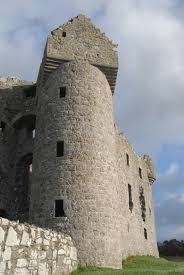
With its unique Scottish style and design, Castle Monea in County Fermanagh was built in 1618. The castle belonged to a man named Malcolm Hamilton. Furthermore, the castle has two big towers standing on the other side of its entrance. The towers were built for the purpose of protecting it. The construction consists of four floors built on a rectangular shape. The corbels and crow-stepped gables on the top of the castle enhance the authentic Scottish style. In 1641, Irish hands took over the Castle. After it was neglected in the 18th century, Monea Castle is open now for visits all year round and requires no entrance fees.
Crom Castle
The Crom Estate area, where Crom Castle is located, is known for being a significant reservation area. That includes around eight different kinds of local bats, wild deer, and Pine Marten. Designers built Crom Castle in a Victorian style in the 17th century. Furthermore, having a royal-themed wedding is a dream for many people. So for those enthusiastic about the idea, Crom Castle is one of the perfect places to have a unique wedding. The area is also an ideal place for camping enthusiasts. You can also enjoy a boat picnic or go fishing. In addition to the castle and its importance, the Crom Estate area has different historical structures.
Devenish Island, Co. Fermanagh
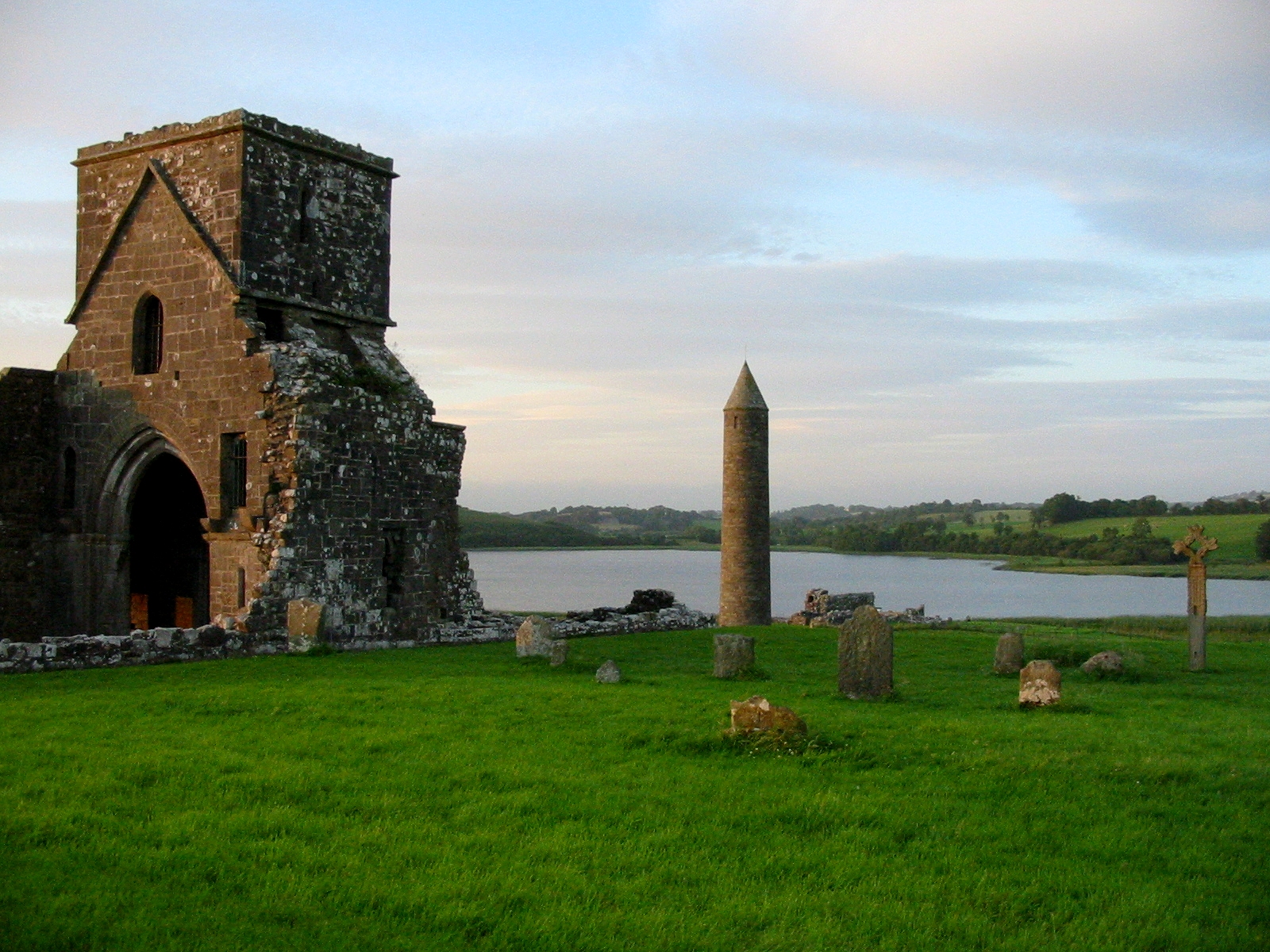
This is the most significant island in County Fermanagh for the different historical monuments there. Devenish Island is home to many critical monkish spots and remains that go back hundreds of years ago. The unique monastic remnants around the island are from different eras between the 6th and 16th centuries. The island was attacked by Vikings in 837 and burned in 1157, yet it remained a significant spot. If you want to visit Devenish Island, notice that it’s only reachable by water.
Blakes of the Hallow (William Blake)
With its Victorian presence, Blakes of Hollow is a place where you can have a unique food and beverage experience. The venue is named after William Blake, the renowned English poet and artist. Located in County Fermanagh, Blakes of the Hallow is one of Ireland’s most significant historical pubs, which goes back more than 125 years. Above all, it won’t matter your age as you’ll still have a unique experience there. Grabbing drinks in the presence of the artistic spirit of the Victorian era, especially with the traditional music played every weekend, is exceptional. All of this makes the pub a vital tourist attraction in Ireland.
Standing on Church Street in Enniklestin, the famous three-storeyed Hallow has three different venues that suit distinct tastes: The Victorian bar was preserved in its original state since 1887. In addition, the Atrium bar takes up two floors of the building and has a unique gothic design. That’s in addition to Café Merlot which is considered the heart of the whole building and is ranked as one of the top 100 restaurants around Ireland.
Meet White Island’s Eight Figures
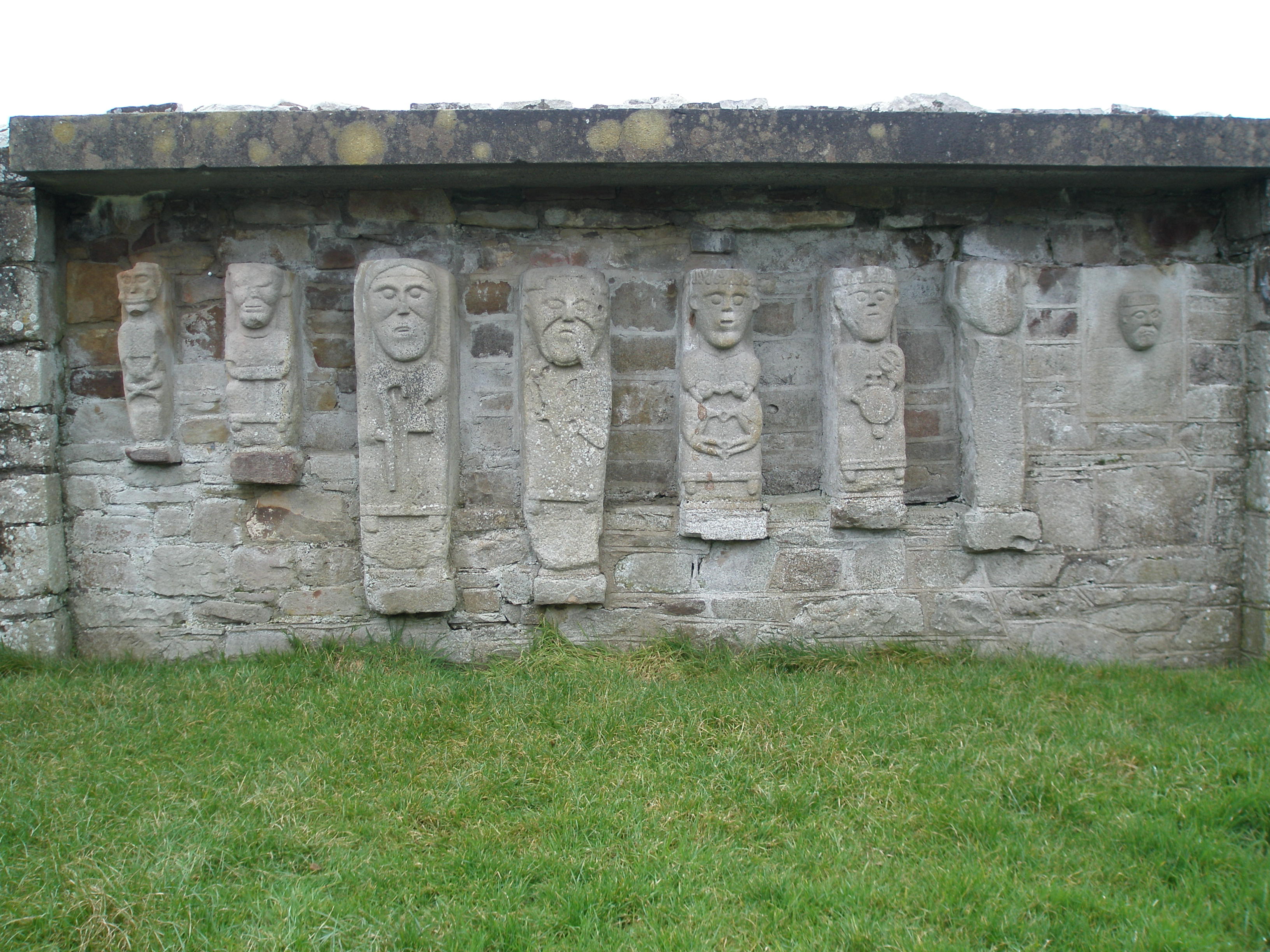
In Lower Lough Erne in Castle Archdale Bay Fermanagh, White Island is notable for its eight-carved figures. Most noteworthy, the eight carved figures survived when Vikings attacked the Island in 837 A.D. and ruined the priories. Even more, they stayed in the remains for hundreds of years. If you want to visit the island, a ferry from Castle Archdale Marina will take you there. The eight carvings are believed to be engraved precisely where they’re situated.
As you can see from the shapes left to right, the first statue is a naked female body and is expected to be a Sheela na Gig. Sheela figures are usually situated on church windows and entrances. The second carving is a sitting figure symbolizing an embodiment of Christ. The third one represents a top-graded priest. The fourth one is believed to be David, who is a psalmist. The fifth and sixth figures are supposed to represent Christ in different forms. Seems like the seventh figure is shapeless, which is kinda bizarre. As for the eighth statue, it’s only showing a scowling face.
As a matter of fact, with all the unique spots listed above, there are still various secrets to reveal about County Fermanagh. It’s a one-of-a-kind experience to discover the treasures around the county. Indeed, that’s because County Fermanagh witnessed multiple eras and how it keeps the different evidence and remnants from these periods until now.
Worthy reads about places in Ireland:
All you need to know about County Laois| Connemara Galway| Exploring the Beautiful County Monaghan|Belfast City and all the Popular Spots| All the Wonders in Dublin City| Best Cities to Visit in Ireland|


